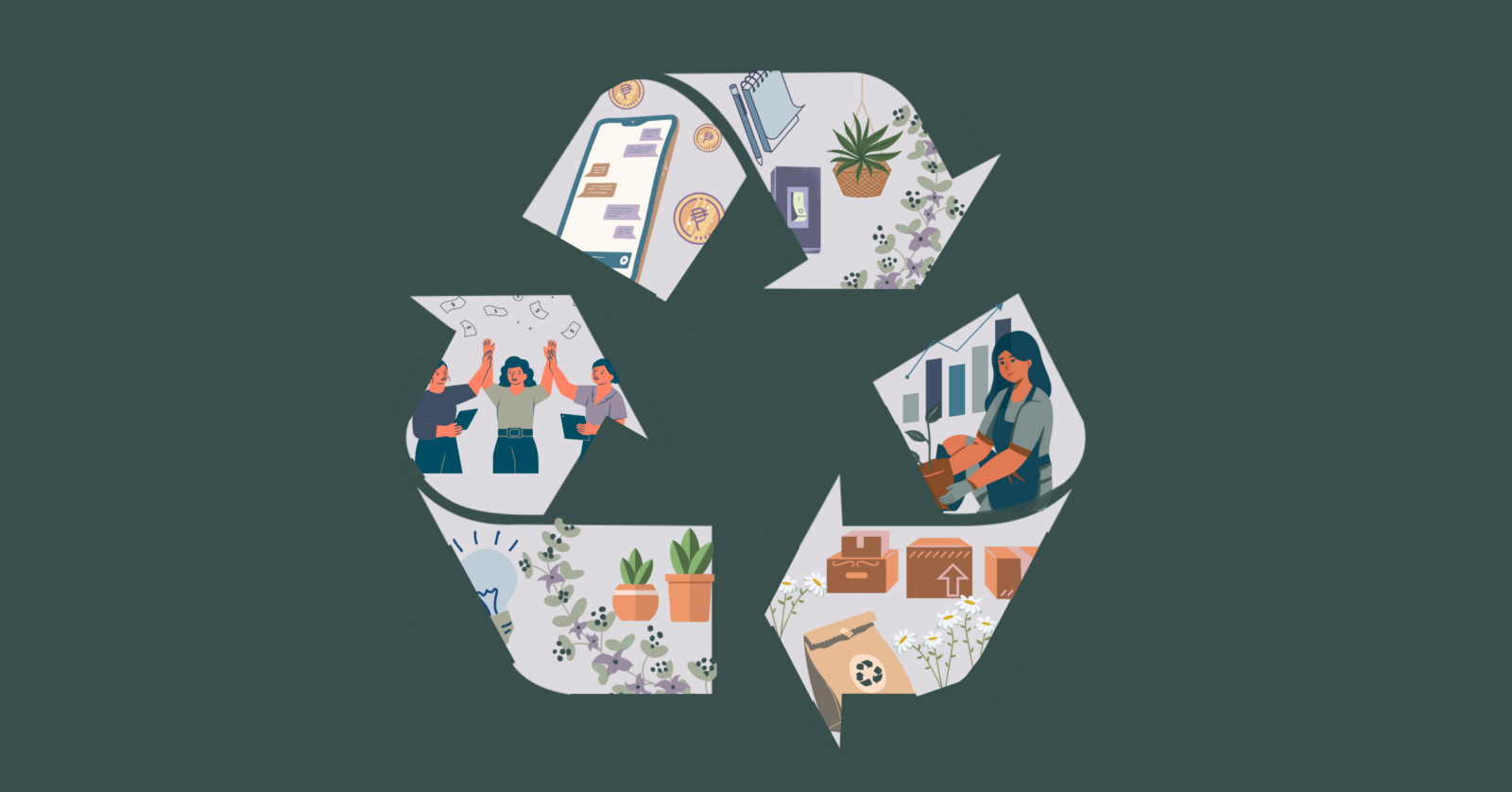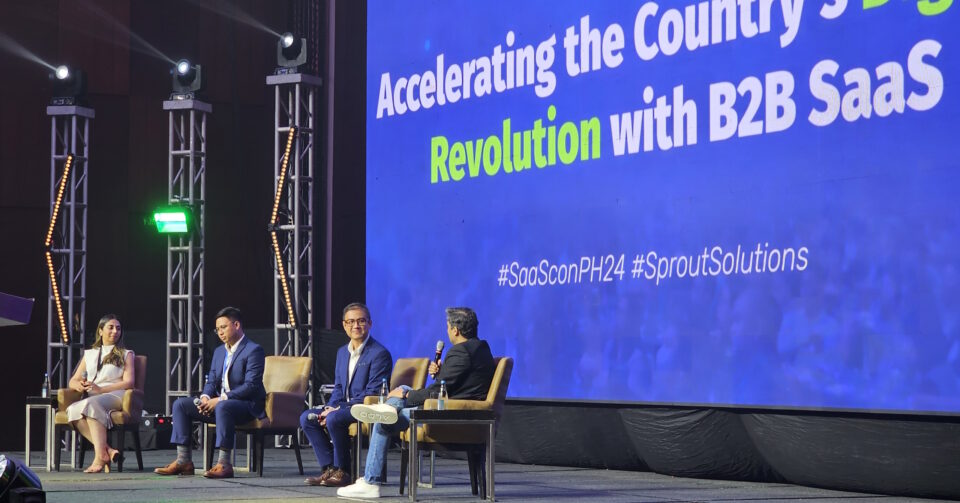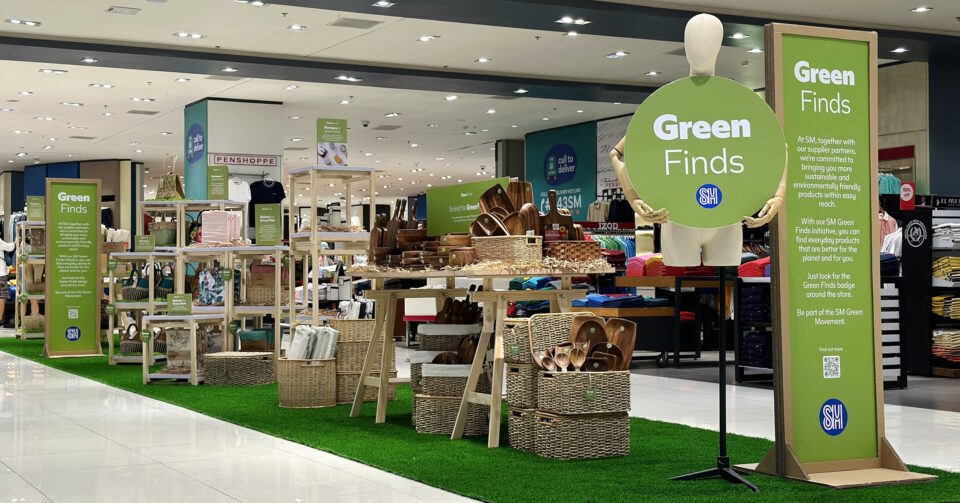These Simple Practices Can Create a Sustainable Workplace

Companies need not resort to complicated and costly measures in order to create a sustainable workplace and implement environmentally friendly work practices.
Did you know that according to the General Assembly Economic and Social Council of the United Nations, “the world is on the brink of a climate catastrophe and current actions and plans to address the crisis are insufficient?” In fact, we are looking at increased greenhouse gas emissions that risk the lives of more than 3 billion people, global temperatures on the rise, carbon dioxide levels also going up, and a lack of renewable energy to keep up with the demand, among others.
“Failure to act leads to intensifying heatwaves, droughts, flooding, wildfires, sea-level rise, and famines,” the report says. “To combat climate change and its impacts by 2030, urgent and transformative action is needed…across mitigation and adaptation efforts.”
This is why in 2015, all the member states of the United Nations (UN) made the decision to adopt the 2030 Agenda for Sustainable Development, which is defined as an “urgent call for action by all countries—developed and developing—in a global partnership.” At its core are 17 Sustainable Development Goals (SDGs).
A handful of these SDGs are directly related to the environment, including Climate Action, Responsible Consumption and Production, and Sustainable Cities and Communities. And nearly a decade since the adoption of the 2030 Agenda for Sustainable Development, efforts to meet its goals have been seen around the world—both at a macro and micro level.
That being said, we delve into how you can implement environmentally friendly work practices in order to create a sustainable workplace for your company.
A Local Example of Sustainable Practices
Here in the Philippines, different companies have used the SDGs to guide their business principles, workplace culture, and practices. For example, Pepsi-Cola Products Philippines, Inc. (PCPPI), the exclusive manufacturer of PepsiCo beverages in the country, transitioned to renewable energy use in early 2021 to supply the energy requirements of its plants.
Aside from that, the company aims to reduce the use of virgin plastic and reach 100% recyclable packaging. How? By organizing clean-up drives near bodies of water in the communities where it operates.
“The daily decisions we make can help reduce household waste, save expenses, and improve our well-being,” PCPPI President and CEO Frederick D. Ong says of the company’s decision to adopt more sustainable workplace practices.
Practical Ways Companies Can Have a More Sustainable Workplace
As beneficial as going green and implementing sustainable practices are, there has also been a misconception that doing so can be costly, complicated, and applicable to well-funded companies only.
But that is actually not the case. Companies—both big and small—can be more environmentally friendly by practicing these simple steps:
Go Digital
The COVID-19 pandemic has become a catalyst for the digitization of many industries and aspects of life here in the Philippines. Face-to-face meetings have turned into Zoom meetings, signatures in ink have turned into e-signatures, and so on and so forth.
Not only does digitization make processes and tasks more convenient to do, but it is also more sustainable and friendly for the environment. How? Because going digital also means going paperless.
Instead of spending on folders and bond papers, companies can opt to store documents on Google Drive and other cloud storage. Businesses that are required to issue receipts can issue digital versions in place of paper receipts. Billing statements can likewise be issued online as well.
There are multiple ways companies can go digital and paperless, which will cut costs, as there is no need to spend on paper and other materials anymore.
Reuse and Recycle
The 3Rs (reduce, reuse, recycle) have been taught since kindergarten, but these are still essential to grownups in their workplace. In particular, reusing and recycling are practical habits that companies and employees can practice.
Old boxes, for example, can be used as storage or organizers. Plastic bottles and containers can likewise be used for the same purpose. Even old files and printing errors do not need to be discarded right away, so that they can be used as scratch paper.
Unplug and Turn Off Devices When Not in Use
Turning off lights, equipment, and other items not in use may seem simple to do, but it goes a long way in conserving energy. The same can be said for unplugging desktops, laptops, mobile phones, and other gadgets and devices.
Not only do these simple practices help cut down your electricity consumption and your electric bill, but it also contributes to lengthening the lifespan of your appliances and devices. What’s more, this reduces your digital carbon footprint—defined as “the [carbon dioxide] CO2 emissions resulting from the production, use, and data transfer of digital devices and infrastructure.“
Key Takeaways
Whether through simple, practical acts that can be practiced in the office or more elaborate projects such as creating a mobile app that teaches about sustainability or having a reforestation program in place, companies should strive to make efforts that can contribute to a sustainable tomorrow.
And while not all companies have the capabilities and resources to implement grand projects, simply practicing the 3Rs or turning off and unplugging devices can already help in their simple way. After all, sustainability and caring for the environment play a big role in ensuring a healthy tomorrow for everyone, and companies play a big role in making this happen.




